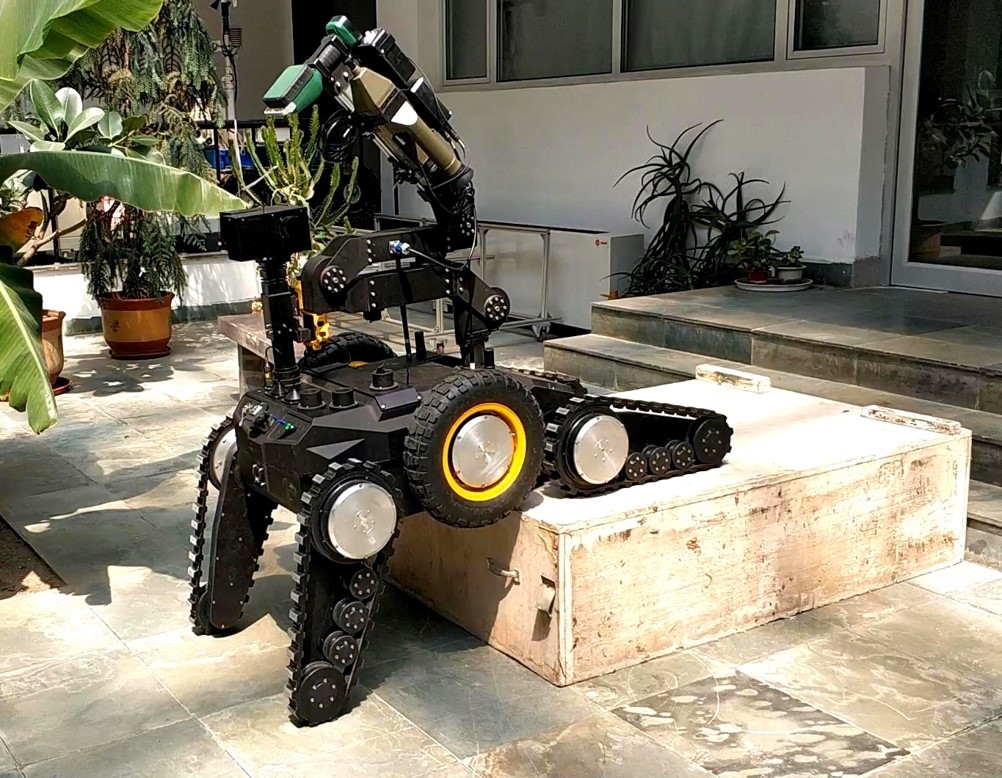The APV Department was founded in 1910 by Richard Seligman, and APV plate heat exchanger is the world's inventor of plate heat exchangers. For a long time, APV plate heat exchanger research has been at the forefront of the world. In addition to the research and development of fluid flow and heat transfer efficiency, APV pays more attention to the study of the convenient operation and maintenance of plate heat exchangers and the longevity of plate gaskets. APV plate heat exchanger plate and gasket characteristics, gasket materials are EPDM, NBR, HNBR, FKM/VITON, etc. The plates include stainless steel AISI304/316/316L/317L, 254SMO/654SMO/904L, Hastelloy, nickel alloy Nickel201, titanium Ti Gr1, titanium palladium alloy and other materials are suitable for various fluid conditions.
Principle of APV heat exchanger:
The basic concept of the plate heat exchanger is that two streams of liquid flow on one side of a thin corrugated metal plate, and heat is easily transferred between the two streams of liquid. Plate heat exchangers occupy less space and are light in weight compared with other heat exchange equipment.
As the world's leading plate heat exchanger plate manufacturer and seller, Baode has a wide variety of domestic plate heat exchanger plates, more models! It can provide all common types of plate heat exchanger plates from well-known brands at home and abroad (including: AlfaLaval /GEA, TRANTER, SONDEX/HISAKA/APV/Thermowave /Schmidt/FUNKE/VICARB/LHE, etc.).
Apv Heat Exchanger Gasekts,Apv Plate Heat Exchanger Gasekts,Plate Heat Exchanger Rubber Gasket
Jiangsu Baode Heat-Exchanger Equipment Co.,LTD , https://www.baodeexchanger.com
